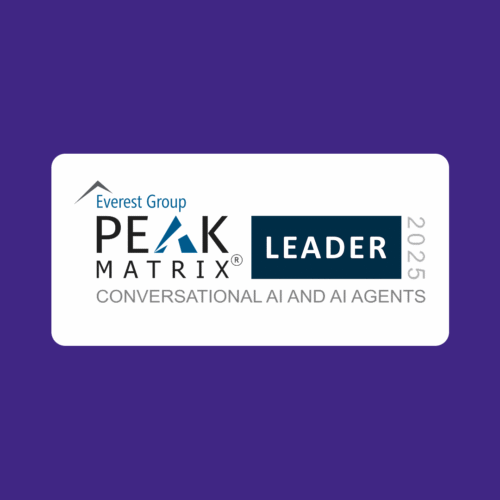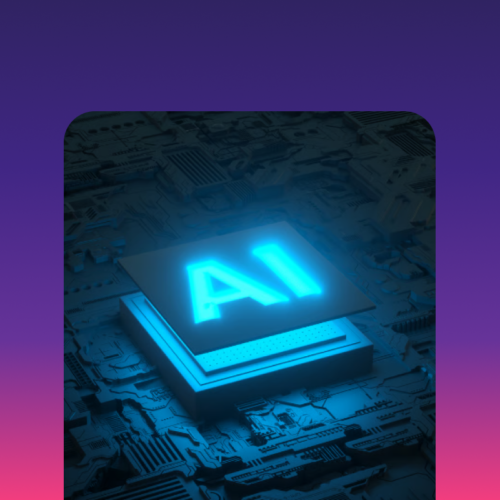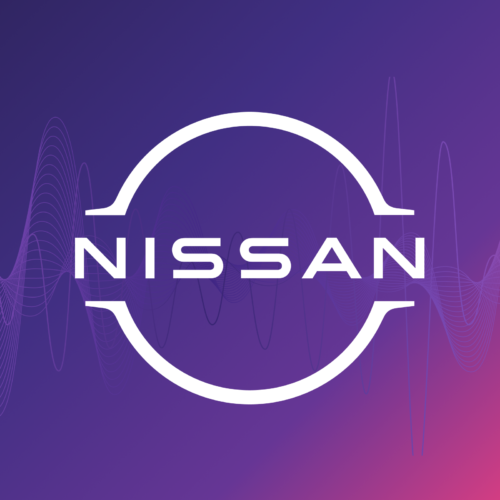LLM Ex Machina: Agency to the Unknown
The proclaimed dawn of agentic AI is on a collision course with reality. Gartner’s forecast, in all its kindness, is that over 40% of all agentic projects will fail by 2027 – does it really have to take all that long to figure the failure?
It’s visible: soaring costs, elusive business value, and gaping security holes. It’s a wholesale failure of vision. The rush to embrace autonomous AI in customer service has led to a phenomenon of “agent-washing,” where existing chatbots and simple automation tools are rebranded with the agentic label, creating a dangerous illusion of capability.
The uncomfortable truth is that most of what passes for “agentic AI” today is a house of cards, built on the shaky foundation of general-purpose Large Language Models (LLMs) inadequately orchestrated to address poorly defined problems. It’s a modern-day Deus Ex Machina, where the LLM is expected to swoop in and magically solve for a lack of strategy, weak product thinking, and non-existent value propositions. This approach isn’t just lazy; it’s a high-risk gamble that offers agency to the unknown, with customer trust as the ante.
From Hype to Reality: Is there space for a Grounded Approach
Future-proof decisions are born from necessity, not hype. They are the direct result of an urgent need to solve real-world problems for actual customers. This is the core philosophy behind Omilia’s miniApps® framework, a visionary agentic-native foundation that predates the hype train by years. Much of the industry scrambles to build early prototypes, Omilia has quietly perfected a system of pre-trained, task-oriented agents that have been tested and proven across billions of real-world interactions.
This isn’t a theoretical framework; it’s a battle-hardened system built on a natively modular architecture. Each miniApp is a complete, pre-trained agent, designed to execute a specific task with flawless efficiency. These agents are then seamlessly orchestrated to deliver intelligent, end-to-end interactive experiences of immense complexity. It is, in essence, the “global optimum” for an agentic-ready (I hesitate to call it Agentic AI-native purely for clarity’s sake – given the evolving levels of autonomy it holds today compared to its original design), built to solve problems at enterprise scale and perfectly aligned for a future of full autonomy.
The Small Model Revolution: Why Precision Beats Scale
In a (somewhat) recent, widely-circulated paper, Nvidia rightly claimed that the future of Agentic AI lies in small language models (SLMs). Their realization is simple: smaller, targeted models are “sufficiently powerful, more economical and more operationally suitable” when applied to well-understood problems. This is the crux of the issue. The “LLM Ex Machina” approach fails because it relies on the brute force of massive, general-purpose models to compensate for a fundamental misunderstanding of the problem itself.
This is where the miniApps framework distinguishes itself. A consistent focus on a consistent, targeted data strategy gave us the edge to create our models and craft our agents to solve small, recognizable, and high-value problems that align directly with our customers’ strategic goals. The result is a continuous, measurable return on investment, with no guesswork and no blind leaps of faith. Our approach is one of continuous grounding in real-world needs, evolving our agents to drive tangible outcomes.
The Path to True Autonomy
The next frontier of agentic AI – full autonomy – is not a matter of simply “unleashing” a powerful model. It requires carefully defined boundaries, robust guardrails, and a framework designed for measurable, observable risk. As Forrester notes, the market is undergoing a “vendor revolution,” and those who succeed will be the ones who can orchestrate various AI resources and provide the guardrails to make them safe, observable and effective for customer-facing interactions.
Omilia has already laid the foundation. We have built the framework for the safe and effective adoption of increasingly autonomous agents. But don’t be fooled. There’s no magic wand. Intense problem definition and strategic risk management have always been key aspects to drive innovation, and this won’t change now.
More than a framework, Omilia provides a blueprint for value. This includes the essential toolkit to understand and control risk, ensuring that every step toward greater autonomy is measurable, and aligned with strategic goals. Speculative, faith-driven adoption is simply not good enough. Our customers deserve better, and we uphold that standard
About the Author
Claudio Rodrigues, Chief Product Officer
With a strong background in product strategy, design, and delivery of Conversational AI solutions, Claudio leads Omilia’s product vision across Conversational AI and GenAI. Claudio connects his expertise in AI with a proven track record of scaling platforms globally and aligning product development with customer needs, ensuring Omilia’s solutions deliver measurable impact across industries.


